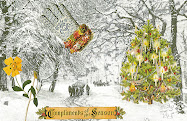


As a follow-up to yesterday's theme, here is a bit of (unfortunate) suspense, and an important political issue in which cell phones and email messages play a role. I'm quoting below from the "We Support OLC Nominee Dawn Johnsen" Facebook page. Indiana senator Richard Lugar has just recently confirmed his support for Johnsen; please consider sending him a thank you, and encouraging others – including new Dem Arlen Specter, to join him.
There's more on this story from the Wall Street Journal, by Walter Dellinger: "Presidential Picks Deserve a Vote – Executive nominees shouldn't be filibustered."
Read below to learn about Johnsen's situation, with information about how you can help. Harold Koh is facing the same obstacle; there's a link regarding his case at the bottom of the post.
In January of this year, President Obama nominated esteemed Constitutional scholar Dawn Johnsen to head the Office of Legal Counsel, making what was described by Salon contributor (and former Constitutional attorney) Glenn Greenwald as Obama's "best [nomination] yet, perhaps by far."
Despite her impressive credentials and wide-spread support within the legal community, since her nomination Ms. Johnsen has been targeted by fringe groups who have collaborated to form an impressive, albeit baseless, coalition aimed at obstructing her nomination and sullying her sterling reputation. As a result of this campaign of distortion, Ms. Johnsen's confirmation has now been delayed indefinitely and faces the threat of being filibustered.
Ms. Johnsen, a graduate of Yale Law School, a member of the OLC under former President Clinton, and a beloved professor of law at the Indiana University Maurer School of Law, is, in Greenwald's words, “a true expert on executive power, and specifically, the role and obligation of the OLC in restricting presidential decisions to their lawful scope.”
She has exhibited this expertise on countless occasions, consistently and publicly denouncing the widespread abuses of power that took place under the Bush Administration. Following the release last April of one of the Bush OLC "torture" memos, for instance, Ms. Johnsen wrote an impassioned article for Slate in which she decried the legal deficiencies pervasive throughout the memo, from the gross exaggerations of executive power to the incredible distortions of the law.
Please join us in voicing your support for brilliant legal scholar Dawn Johnsen against the baseless and disingenuous attacks that have been levied against her. As the NYTimes recently editorialized in her support, “There is no corner of the executive branch in greater need of a new direction than the Office of Legal Counsel. The impressive Ms. Johnsen is an excellent choice to provide it.”
Here are a few quick and easy steps you can take to support Dawn Johnsen:
1. Join the Facebook group in support of Ms. Johnson, and then encourage your friends and colleagues to do the same.
2. Please take 5-10 minutes and contact the following Senators. Ms. Johnsen made it through the Judiciary Committee on a party-line vote, and there is the threat of a filibuster looming. We are going to have to change a few minds to get her confirmed!
**IMPORTANT New Senator to contact** Sen. Ben Nelson (D-NE) (202).224.6551 http://bennelson.senate.gov/contact
Sen. Richard Lugar (202).224.4814 (D.C. office)
(317).226.5555 (Indianapolis, IN office)
http://lugar.senate.gov/contact/ (e-mail link)
Sen. John Cornyn (202).224.2934
http://cornyn.senate.gov/public/index.cfm?FuseAction=Contact.ContactForm (e-mail link)
Sen. Mitch McConnell (202).224.2541
http://mcconnell.senate.gov/contact_form.cfm (e-mail link)
Sen. Arlen Spector (202).224.4254
http://specter.senate.gov/public/index.cfm?FuseAction=Contact.ContactForm (e-mail link)
Simply tell whoever answers the phone that you strongly support the nomination of Dawn Johnsen as Assistant Attorney General for the Office of Legal Counsel and hope for Sen. [Blank]'s support when she is up for confirmation.
3. Call or email the Senators of your state, if they are not already listed above.
Here is the site to find contact information for individual Senators:
http://www.senate.gov/general/contact_information/senators_cfm.cfm
4. Take 30 seconds to sign this petition supporting Ms. Johnsen's nomination,
sponsored by People for the American Way:
https://secure.pfaw.org/site/SPageServer?pagename=DawnJohnsen&autologin=true
JServSessionIdr010=4s1m9jhsm1.app305a
5. Once you have joined this group, please consider joining the group "We Support Harold Hongju Koh," a similar group in support of President Obama's nominee for legal advisor to the State Department who, like Ms. Johnsen, has been viciously and wrongfully targeted and faces a threatened filibuster.
Here is the group's page: http://www.facebook.com/group.php?gid=61354015962






































































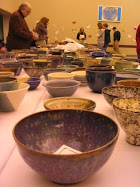







































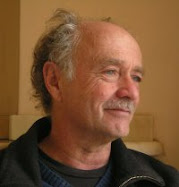











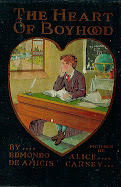
















































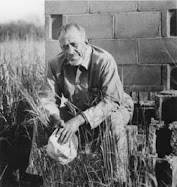









.jpg)














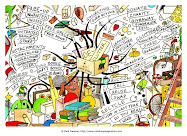






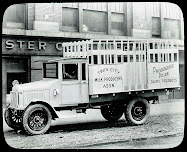





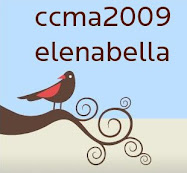




























































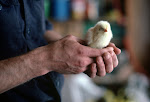
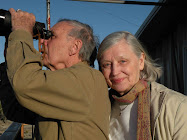
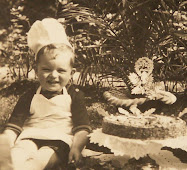














































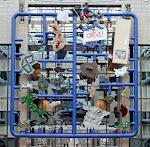.jpg)
















